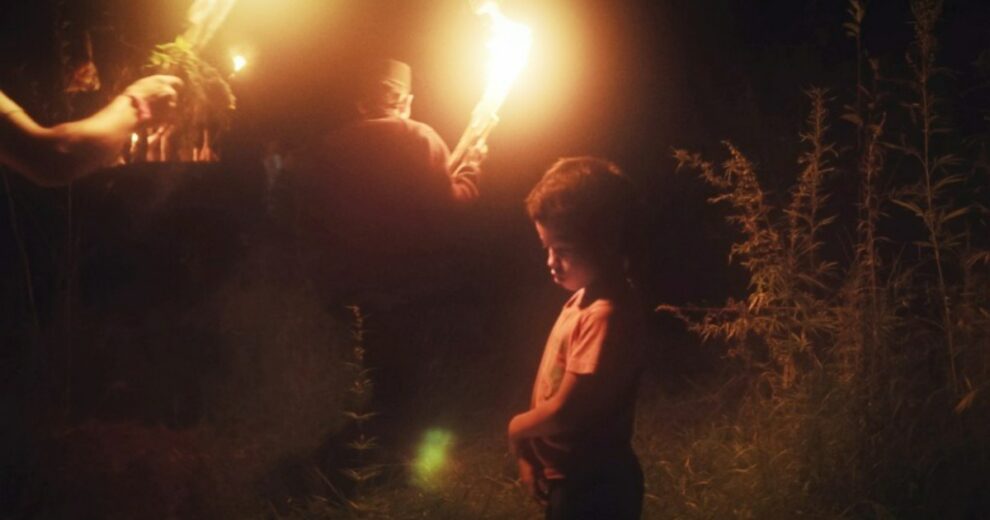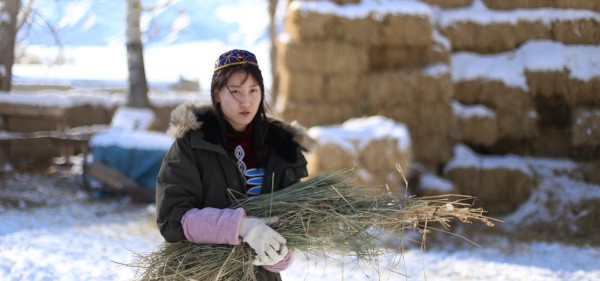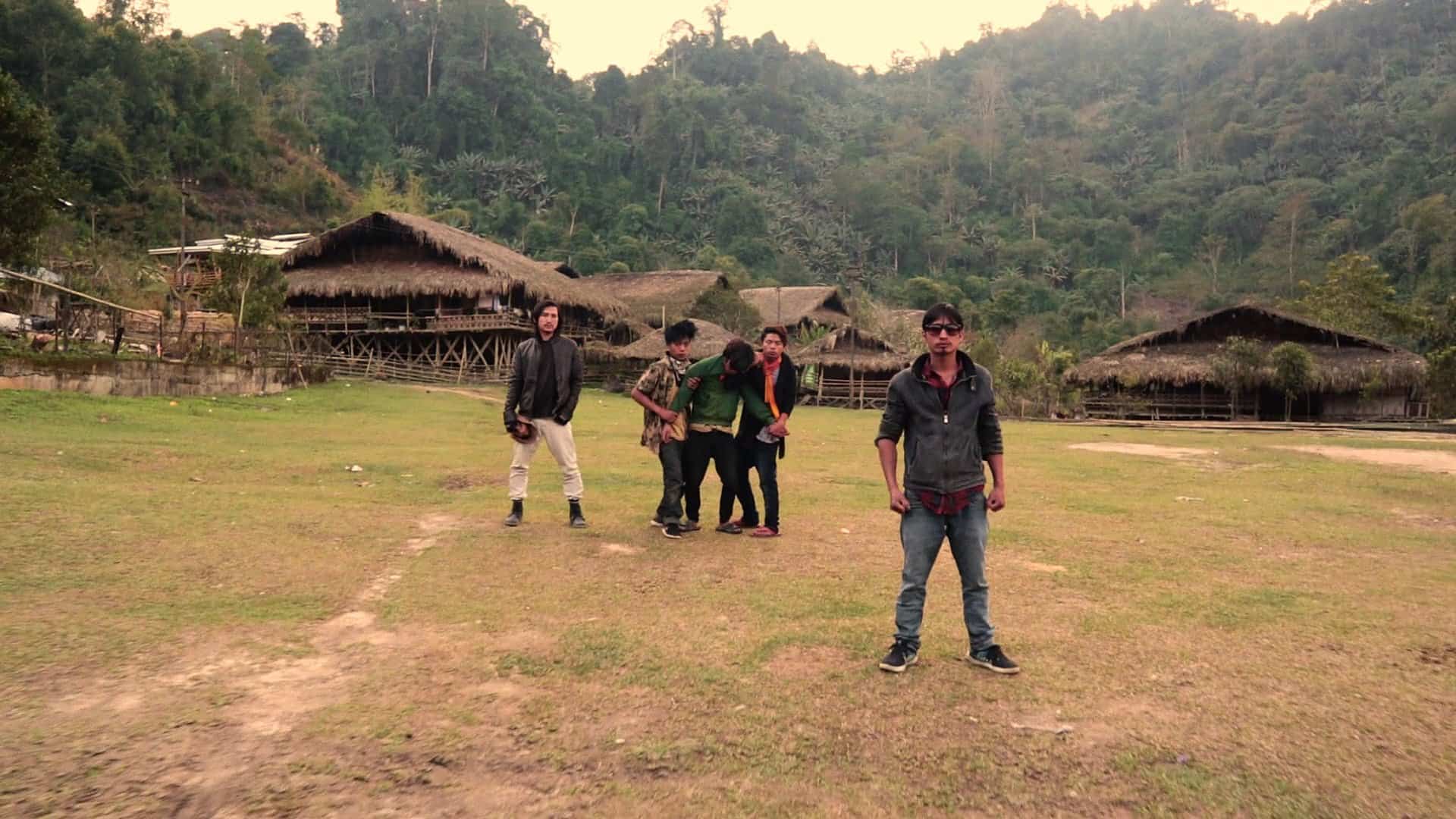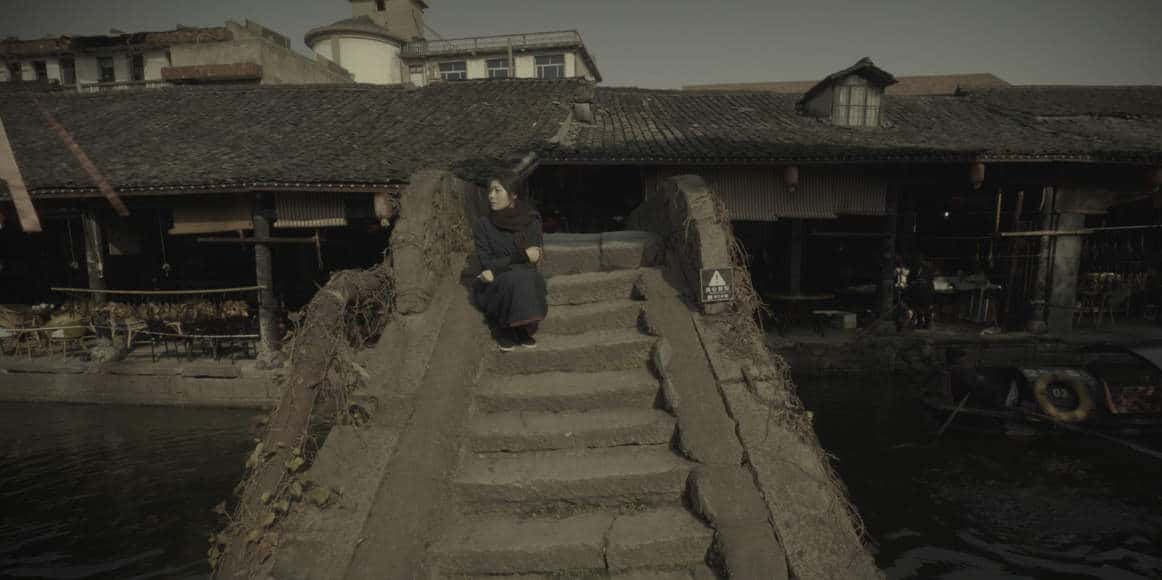India and Nepal have an open border where Indians and Nepalese can travel and work across the border without visas. However, due to the uncertain economic and political situation, Nepalese living in India face racial discrimination. Kanishka Sonthalia and Siddesh Shetty, in their documentary feature debut, highlight this phenomenon by focusing on five transformative years in the live of Veeru, a young boy who endures relentless bullying and discrimination in the village he lives with his visual impaired mother, his older brother Vijay and his two sisters.
Until I Fly is screening at Thessaloniki Documentary Festival
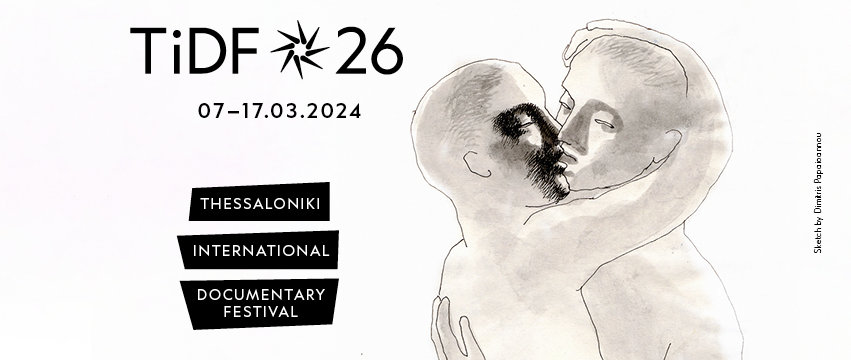
The documentary begins in rather dramatic fashion, showing how both mother and son, but particularly Veeru are being bullied in the village, with the way other kids his age perceive the boy as Nepalese, and therefore a thief in their mind, echoing rather impactfully about the issues the two of them have to face. That the verbal abuse occasionally becomes physical in school adds an even more dramatic aspect to the documentary, and one can only wonder how the directors managed to stay away and not help the boy, particularly when he was being ganged up on.
In that setting, and with Veenu feeling even worse and more helpless when he witnesses his mother also face ridicule, it comes as no surprise that the boy chooses to “escape” initially in his own brain, coming up with a story about gods and demons, and nature, where he dreams of befriending birds. This aspect is quite impressively captured, as Siddesh Setty, who also doubles as DP, manages to portray this imaginary world without stripping the documentary of its realism, in one of the best aspects of the movie.
Furthermore, and as it actually happens on many occasions, finally sports provide an actual solace for Veeru, who eventually becomes part of a kabaddi team formed in school, as soon as the sport is introduced there, with his former “enemies” turning into teammates, and him finally becoming part of the “inner group”. The last part of the documentary follows the exploits of the team, thus ending the whole thing in a positive note that also highlights the value of sports as a medium against racism.
At the same time though, and if one looks at the story in a wider prism, the issues with emigration and the racism that results from it are highlighted quite eloquently, along with a comment that problems like that become even more significant in small societies, where one can definitely not ‘hide in the crowd'. As such, the movie is induced with a more universal essence, which definitely helps raise the quality of its context.
And to go back to the cinematography once more, Shetty's work is excellent throughout the movie, with the presentation of the area, and the disaster that befalls it at some point being impressive, with the long and panoramic shots in particular definitely staying on mind. Audrey Maurion's editing connects the different aspects of the film (mother talking, Veeru talking, the family's interactions and the school environment) nicely, inducing the movie with a very appealing sense of speed that makes its 91 minutes pass rather quickly.
“Until I Fly” is an excellent documentary that manages to present a problem eloquently while also putting it under a wider prism, and also giving a glimpse of hope with its ending, thus avoiding making a rather pessimistic comment, without losing its overall sense of realism.


